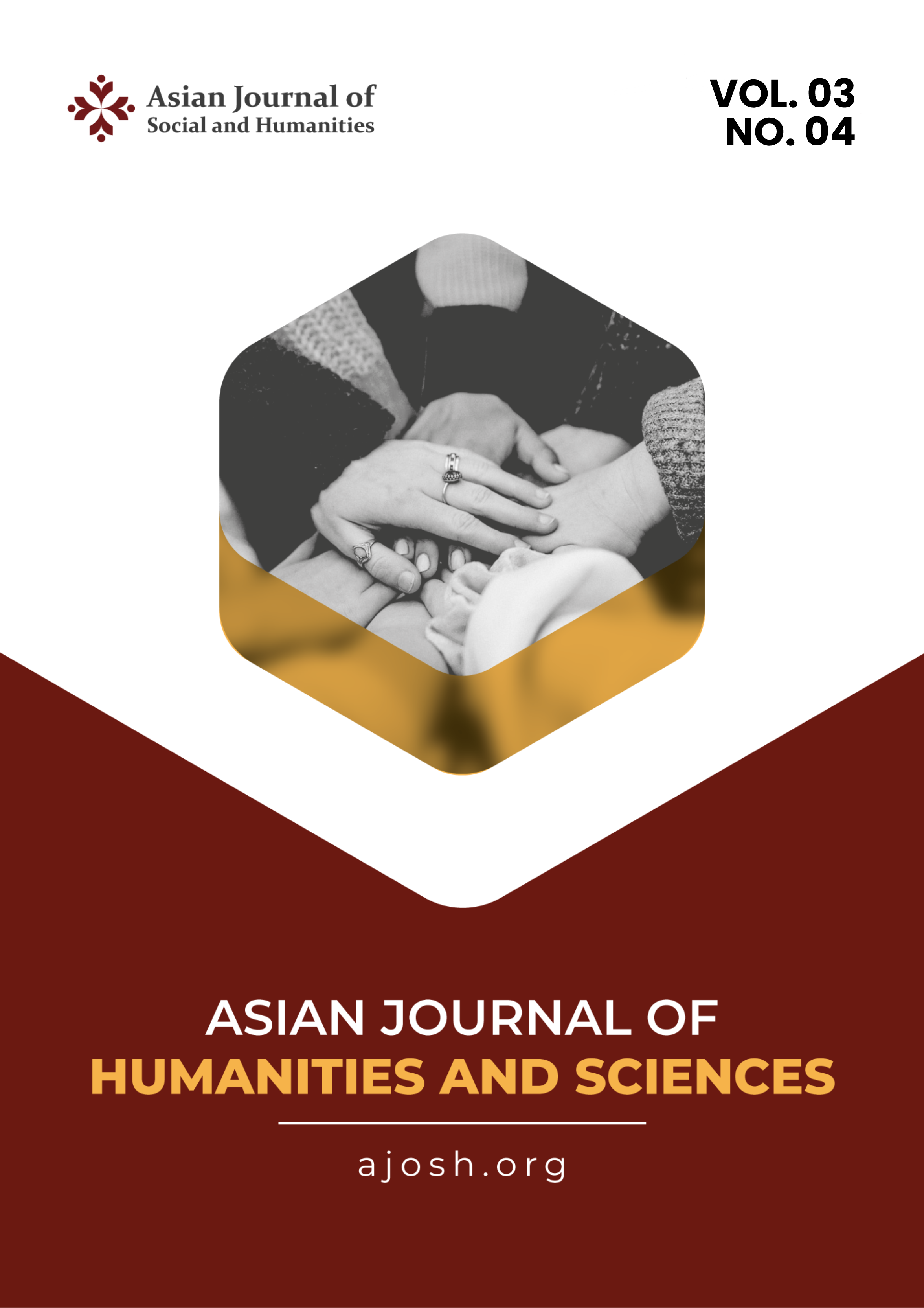Analysis of Quality Control Strategy Using The Statistical Process Control (SPC) Method In The Mass Product Housing Project at Java Residence Cluster
DOI:
https://doi.org/10.59888/ajosh.v3i4.476Keywords:
Statistical Process Control (SPC);, quality;, construction;, java residence cluster;, pareto analysisAbstract
The advancement of industrial activities requires high-performance management to achieve desired outcomes, particularly in complex projects such as construction. This study aims to analyze the application of the Statistical Process Control (SPC) method to improve product quality in the construction project of the Java Residence Cluster in Sidoarjo. Managing cost, time, and quality remains a significant challenge in construction projects. This research focuses on identifying and addressing complaints or defects in housing units that affect the quality of the project, using SPC as a quality control method. Data were collected from primary sources, specifically from the staff of PT. Mitra Usaha Konstruksi, as well as secondary data from relevant literature. The analysis shows that the application of SPC successfully reduced the number of complaints or defects from 5.95 complaints per unit in Cluster 1 Phase 3 to 3.12 complaints per unit in Cluster 2 Phase 1, with an effectiveness rate of 52.47%. Pareto analysis identified that the majority of complaints were related to doors, windows, and wall paint, suggesting that these areas should be prioritized for improvement in future construction projects. The study recommends the continued use of SPC to improve product quality and identify the root causes of defects to ensure compliance with the developer's quality targets.
Downloads
Published
Issue
Section
License
Copyright (c) 2025 Kukuh Budi Prasetiya, Andi Patriadi, Sajiyo Sajiyo

This work is licensed under a Creative Commons Attribution-ShareAlike 4.0 International License.
Authors who publish with this journal agree to the following terms:
- Authors retain copyright and grant the journal right of first publication with the work simultaneously licensed under a Creative Commons Attribution-ShareAlike 4.0 International. that allows others to share the work with an acknowledgement of the work's authorship and initial publication in this journal.
- Authors are able to enter into separate, additional contractual arrangements for the non-exclusive distribution of the journal's published version of the work (e.g., post it to an institutional repository or publish it in a book), with an acknowledgement of its initial publication in this journal.
- Authors are permitted and encouraged to post their work online (e.g., in institutional repositories or on their website) prior to and during the submission process, as it can lead to productive exchanges, as well as earlier and greater citation of published work.










